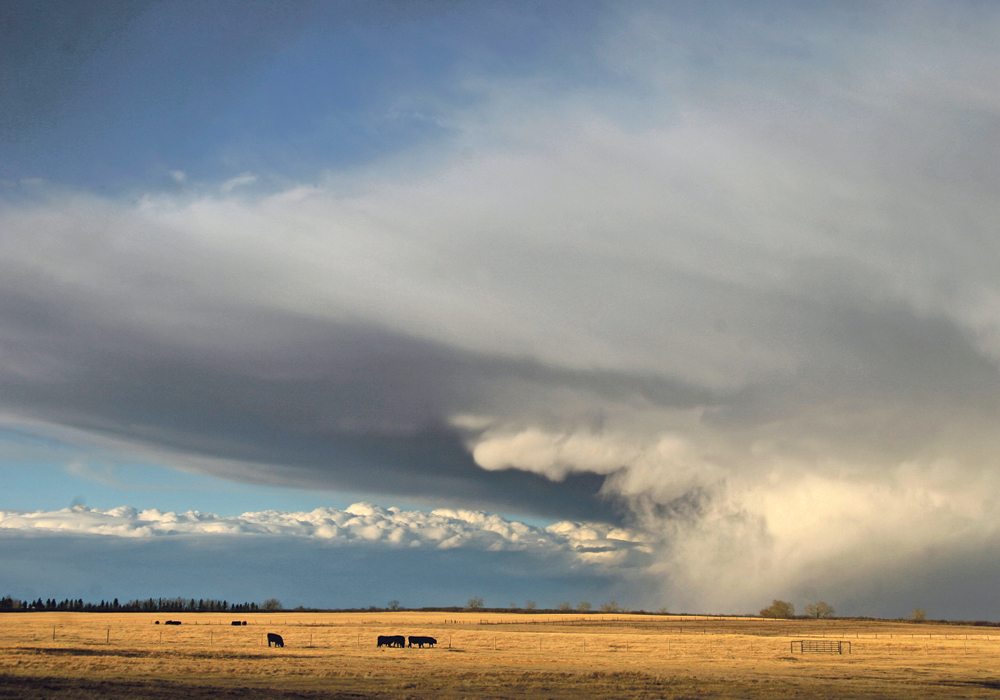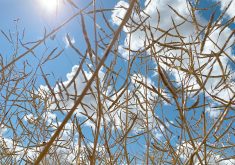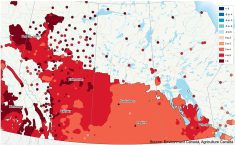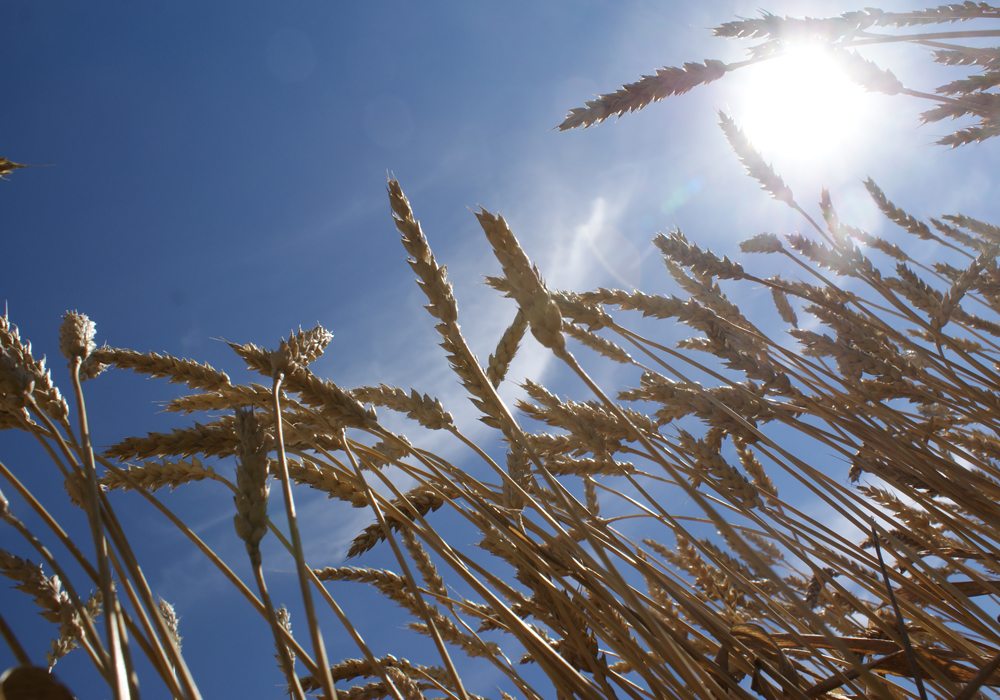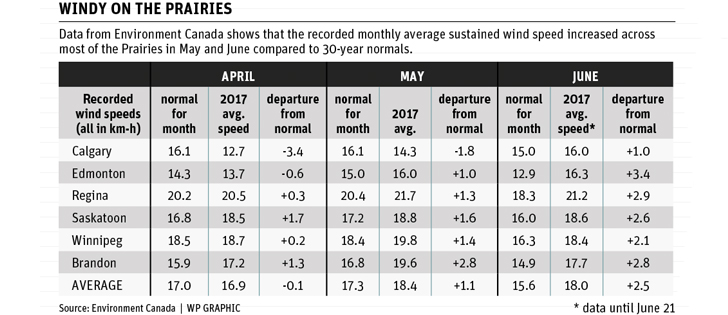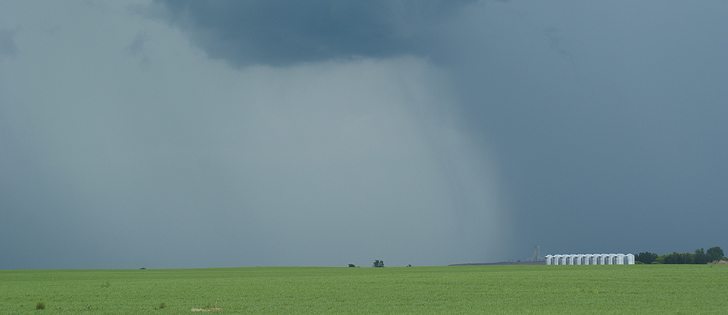An end to very dry or very wet conditions won’t necessarily put Canadian farmers into the pink this spring, unless they get it from wind-chill.
Prairie producers can look for relatively normal precipitation this spring and early summer, while the situation will remain damp in Eastern Canada, with slow drying.
Long-time agricultural weather forecasters Jim Block of DTN, and Bruce Burnett of Glacier MarketsFarm, put their experience to work and provided a Canadian spring-season agricultural forecast this week.
The weakening La Nina will help deliver a cooler edge to the spring out West, with waves of frost-level cold coming through to the middle of May or slightly later. The cold will likely influence planting decisions for many prairie farmers, who might choose to hold back on early seeding of vulnerable crops such as canola, said Burnett.
Read Also

Growing garlic by the thousands in Manitoba
Grower holds a planting party day every fall as a crowd gathers to help put 28,000 plants, and sometimes more, into theground
“Dryness in the West, especially in the western U.S., has been creeping up into the prairie provinces and is typical of a La Nina pattern,” said Block, chief meteorological officer at DTN.
Block said the snowpack running from the American Midwest to Manitoba and western Ontario will hold the cold air around longer than normal.
He said the good news might come in March, in the form of snow throughout the month.
Burnett said that additional moisture could cause producers to reconsider cropping situations when it comes to small-seeded or special crops in areas where moisture has been at a premium.
However, he said in the northern grain belt and into the Peace River country, where moisture has not been as big an issue and where a larger-than-average snowpack could lead to excessive moisture, the cooler weather and potential for more pre-seeding precipitation might not be as welcome.
In Eastern Canada, the moisture remains abundant, and Block feels that while it won’t turn dry or hot, the same unsettled, mild conditions that have been delivering rain in February will persist into spring.
“They won’t see the same cold as in the West, but they won’t be getting great drying weather either,” said the DTN meteorologist.
Burnett said for row-crop producers anywhere in Canada, the issue is generally soil temperature at seeding, so the cooler spring conditions won’t be encouraging planting until the fields begin to warm.
For Ontario and Quebec farmers, there is a chance of getting into fields early, but only where it is dry or warm enough to get good crop establishment.
Block said the West might be slow to warm, even though it is exceptional dry in many areas, which normally lends itself to quicker warming. He said the large snowpacks across major parts of the continent will likely keep temperatures cooler later than usual.
“Near the U.S. border it will be slow to get wet and slow to warm up,” he said.
Burnett said the lack of a weather feature, such as a strong La Nina or El Nino, and with the slow-slide into a neutral phase between the two, means the reliability of seasonal weather forecasts can be compromised.
Block said one thing he can rule out is a return to hot and dry conditions. However, the likelihood of enough precipitation to replace lost soil reserves could also be seriously questioned, he said.
Forecasters say the main thing they expect to see for the growing season, once started, will be producers looking to the skies for timely rains to get the crop through to harvest.
The two forecasters plan to bring their joint experience to bear on the subject regularly throughout the growing season.



